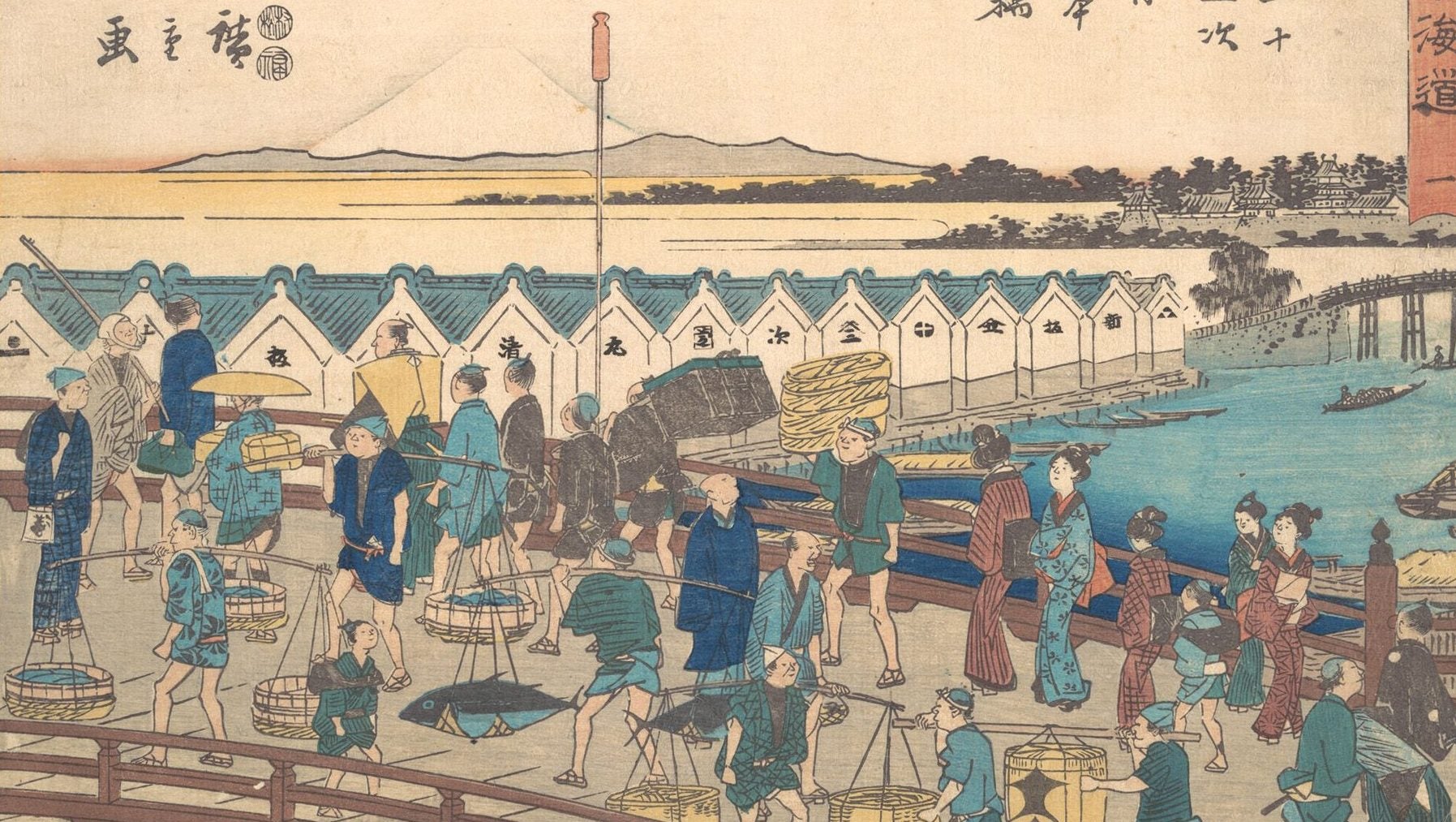Japan had a war for talent a century ago. Silicon Valley can learn from it
The scramble to hire the best and brightest is transforming business, and particularly tech companies, around the globe. It’s pushing companies to offer previously unheard-of benefits, rethink their corporate identities, and raise pay to the point where it’s creating housing crises in Seattle and San Francisco.


The scramble to hire the best and brightest is transforming business, and particularly tech companies, around the globe. It’s pushing companies to offer previously unheard-of benefits, rethink their corporate identities, and raise pay to the point where it’s creating housing crises in Seattle and San Francisco.
The war for talent is driven by an existential dread among executives who fear their company’s future is jeopardized without access to the best minds.
History shows they may be right to worry. In an ambitious and fascinating new study, economists tracked the evolution of hundreds of companies in Japan’s cotton-spinning industry from 1883 to 1914. Drawing on rich and detailed records, the researchers showed the companies that grew and prospered made the best of talent, both in acquiring it and deploying it in the top ranks of management. The study was released as a working paper by the National Bureau of Economic Research, and hasn’t yet been peer reviewed.
After the Meiji Restoration of 1868, Japan emerged from centuries of feudalism to become the only East Asian industrialized nation in the 19th century. Cotton spinning, which helped launched the industrial revolution in Europe and the US, became a major industry in Japan.
The study, by Rajshree Agarwal and Serguey Braguinsky of the University of Maryland and Atsushi Ohyama of Hitotsubashi University, documented the history of 90 cotton-spinning businesses and their employees, and found that seven of these businesses became “centers of gravity,” their term for companies that grew and thrived through innovation and acquisitions of rivals.
Key to their success was the ability to attract the engineering talent that was starting to bubble out of Japan’s fledgling universities and trade schools. Over the course of the study, the share of university-educated engineers at the seven centers of gravity “grew from approximately 45% to more than 75%, and their share of technical school educated engineers grew from approximately a third to almost 70% of the total talent pool in the industry.”
The researchers were able to draw a direct line from adding engineering talent to financial success: The companies that doubled the number of engineers they hired grew 19% over the next three years.
The successful firms didn’t just hire talent, but incorporated it within their leadership. The center-of-gravity companies relied on a shared leadership model, where decisions were made by two or more top executives. While traditionally Japanese companies of the period were led by members of rich merchant families, the more successful companies broke with convention and promoted university-educated engineers and manager into their top ranks based on talent, not family.
Ultimately, human capital—the knowledge, skills, and creativity of labor—was the difference in the growth of companies and the evolution of an industry. The seven center-of-gravity companies “rose to dominance first and foremost through their accumulation of superior talent.”
The tech industry’s evolution is following the same trajectory, with smaller companies falling by the wayside or being swallowed by the US west coast’s big centers of gravity: Google, Facebook, Amazon, Microsoft, and Apple. There are obvious differences, of course, but just as in Japan over a century ago, what separates tech’s winners from losers starts with talent.